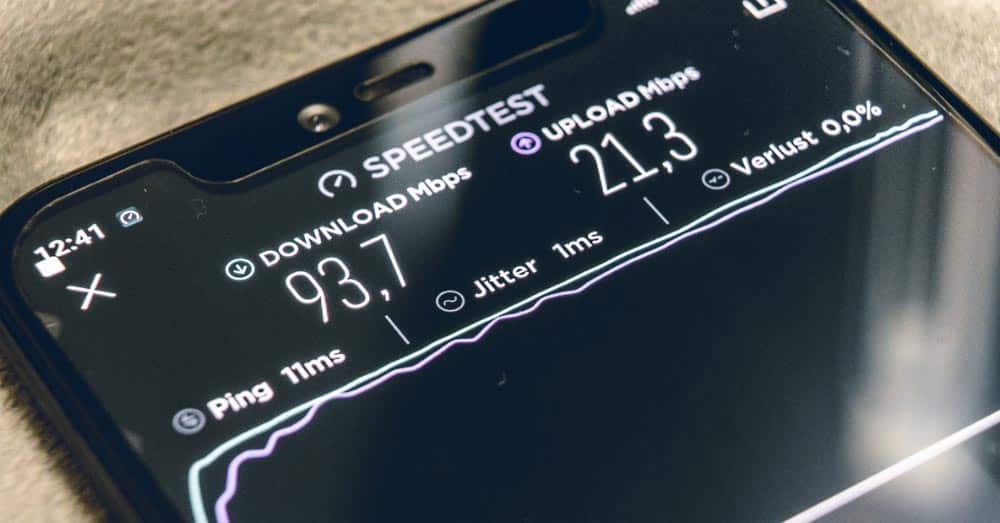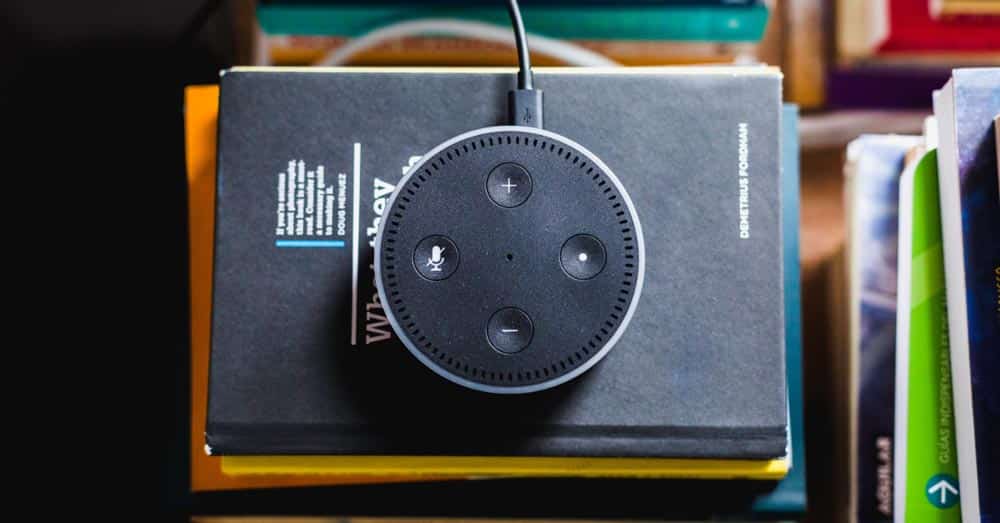Slow internet can be a downer on your productivity—and your spirits. Here’s how to manage your home connection for optimal speeds.
If you work from home these days, you’ve probably become very familiar with its pros and cons. Sure, you love having flexibility, comfortable clothes, and fewer traffic jams. But your internet connection? It could be so slow that you’re considering switching to a typewriter. To make things trickier, working from home also means you are your own IT department, so unbearable internet issues suddenly become your problem to solve.
So how do you solve slow internet at home? Or rather, how do you speed up your internet and still keep your sanity intact? Let’s find out.

Test your internet speed
First, you need to understand your speed so you can determine the source of the problem. What exactly is causing your slow speeds? Is it your internet provider, your equipment, or something else? Here’s how to do that:
- If you have a newer router, then you can most likely use the mobile app that comes with it to test your speed. If not, you can always try downloading a free internet speed test app on your phone.
- Stand close to your router and follow the app instructions to run a speed test.
- Go to a room farther away from your router and run the speed test again.
Now compare the results. If you noticed better speeds near your Wi-Fi router and slower speeds farther away, your problem is likely your router. If you have slow speeds no matter where you stand in your home, then your issue might be with your internet service provider.
To give you an idea of what to expect, average speeds today are closer to 100 Mbps. If you’re streaming content in high-definition, you want at least 25 megabits a second. If you’re streaming and playing video games, you’ll need around 40 megabits. Anything slower than that is likely too slow to support anything you use today.

Check your router
So, you ran the test above and found that your Wi-Fi is weaker further away? This may be a sign that it’s time to either move or replace your router. If your router is a 2015 model or older, you should consider upgrading it for a newer model since Wi-Fi technology has improved a great deal since then.
If your router is new, consider where it sits in comparison to your home. Ideally, it should be in the center of your home so that the signal can reach as many areas as possible. You’ll also want to make sure your router is out in the open and not covered by a blanket or tucked away in a cabinet. If your home is too large for your router to cover, you can boost your Wi-Fi coverage with a mesh network system, creating multiple Wi-Fi access points.

Do an inventory on your devices
Tech gadgets can make life easier and more enjoyable. But too many tech gadgets can pile up and often end up competing for the best signal. The good news is you don’t have to give up your devices. Try using your router’s app to keep tabs on all your connected gadgets. You can also remove devices you no longer use and limit devices that tend to overpower your network.

Talk with your service provider
If you’ve tried everything else and are still having issues, your provider is likely the root of the cause. Start by calling them and talking about your current speeds. They should be able to troubleshoot with you and provide solutions, whether it’s upgrading your modem, replacing your equipment, or setting you up with a service package that includes more bandwidth.
In Summary
Slow internet can be a pain, but there are several things you can do to help. You don’t have to go back to the typewriter just yet. Unless you want to.
Time for an internet upgrade? Talk to a Pro who can help you get started and discover what better internet can do for you. Click here to get started.

